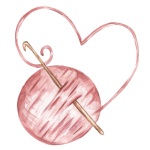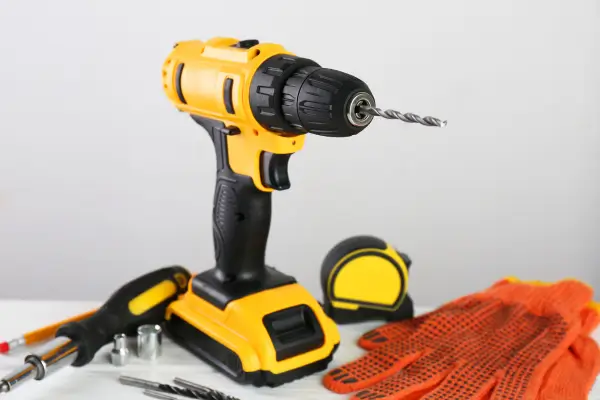Essential wood carving techniques form the backbone of any woodworking journey and help beginners build confidence with every cut.
Whether you’re aiming to create art, tools, or detailed ornaments, carving brings both challenge and satisfaction.
It’s a hands-on craft that rewards patience, precision, and the willingness to practice and improve over time.
You don’t need a full workshop to begin — just a few quality tools and the right techniques make a big difference.
In this guide, you’ll learn the fundamental methods, beginner tools, and practical tips to elevate your carving skills.
Why Learn Wood Carving?
Before diving into techniques, it’s important to understand the benefits of learning wood carving:
- Creativity and Expression – Allows you to create unique and personalized wood designs.
- Skill Development – Improves hand-eye coordination, patience, and precision.
- Cost-Effective Hobby – Requires minimal tools and materials to get started.
- Sustainability – Reusing and repurposing wood helps reduce waste.
- Therapeutic Benefits – The focus and detailed work involved in carving can be a relaxing activity.
Now, let’s explore the essential techniques that every beginner should master.
1. Whittling – The Most Basic Form of Carving
Whittling is the simplest form of wood carving, often done using just a sharp knife. This technique focuses on shaping the wood by slicing off small shavings.
How to Whittle:
- Choose a softwood like basswood or pine, which is easier to carve.
- Hold the knife at a slight angle and make controlled slicing motions away from your body.
- Use your thumb for stability while guiding the blade for precision.
- Work with the grain to achieve smoother cuts and avoid splintering.
Tip: Always keep your blade sharp, as dull knives require more force and increase the risk of injury.
2. Chip Carving – Creating Geometric Patterns
Chip carving involves removing small chips from the wood to create detailed geometric or decorative patterns.
Basic Steps for Chip Carving:
- Draw your design on the wood using a pencil or stencil.
- Use a chip carving knife or gouge to carve out small triangular-shaped chips.
- Cut at an angle to remove precise chips, keeping a consistent depth.
- Smooth out rough edges with fine sandpaper.
Tip: Use a steady hand and work slowly to maintain symmetry in your designs.
3. Relief Carving – Adding Depth and Dimension
Relief carving is when a design is carved into the surface of the wood, creating a raised 3D effect while the background remains flat.
How to Get Started:
- Secure the wood using clamps to keep it from moving.
- Outline your design using a pencil or tracing paper.
- Start by carving out the background with a chisel and mallet.
- Gradually shape the raised sections to create depth and shading.
Tip: Start with shallow cuts and gradually go deeper to prevent accidental removal of too much wood.
4. Carving in the Round – Sculpting 3D Figures
Unlike relief carving, carving in the round creates fully three-dimensional sculptures, often seen in figurines and intricate wooden statues.
Steps to Practice Carving in the Round:
- Choose a softwood like basswood to make it easier to shape.
- Sketch your design from multiple angles.
- Start with rough cuts using a gouge to define the overall shape.
- Use smaller tools to add fine details and smooth transitions.
- Sand and finish your carving with natural oils or sealants.
Tip: Work in stages—start with larger shapes and refine the details as you go.
5. Knife Control and Safety Tips
No matter which technique you use, proper knife control is essential for safety and precision.
- Always cut away from your body to prevent injuries.
- Keep tools sharp and well-maintained for cleaner cuts.
- Hold the wood firmly but not too tightly to avoid strain.
- Use a glove or thumb guard on the non-dominant hand for protection.
- Work in good lighting to see fine details clearly.
Tip: Beginners should start with basic cuts and straight lines before attempting complex curves and details.
Best Tools for Beginner Wood Carvers
To master wood carving, you need the right tools. Here are some essential tools every beginner should have:
| Tool | Function |
|---|---|
| Carving Knife | Ideal for whittling and shaping small details. |
| Chisels & Gouges | Used for relief carving and creating depth. |
| Mallet | Helps drive chisels with controlled force. |
| V-Tool | Great for making fine lines and textures. |
| Sandpaper | Smooths rough edges and refines final touches. |
Tip: Investing in high-quality tools will improve your carving experience and results.
Practice Makes Perfect
Mastering wood carving takes patience and practice. Start with simple projects like:
- Small animal figurines
- Wooden spoons or utensils
- Personalized name plaques
- Geometric chip carving designs
Over time, as you refine your skills, you can progress to more complex sculptures and relief carvings.
Wood carving is both an art and a skill that can bring creativity and satisfaction. By mastering these essential techniques, beginners can develop a strong foundation and eventually move on to advanced projects. Pick up your tools, choose a piece of wood, and start carving today!



